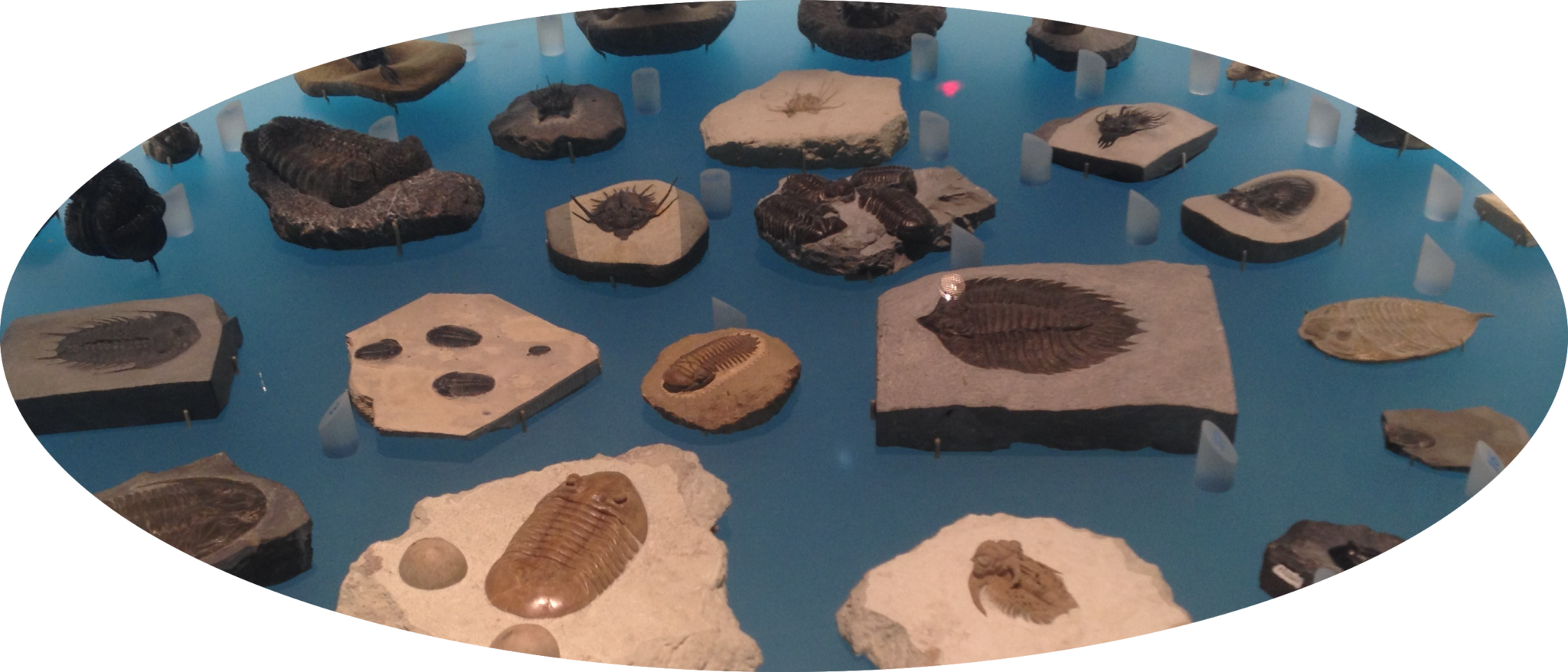Changes in Earth’s oxygen levels sculpted origins of multicellular diversity
Yale scientists provide a strong new timeline for how changes in the early Earth’s oxygen levels may have influenced the evolution of multicellular life forms on this planet — and perhaps others.

Chase Brownstein, Contributing Photographer
A new study led by researchers at Yale and McGill University reveals how fluctuations in the Earth’s oxygen levels over 700 million years ago may have set the stage for the diversification of multicellular life.
This age, known as the Proterozoic Era, is the longest geological period in Earth’s history, stretching over a billion years between 2500 and 540 million years ago. At the end of the Proterozoic Era, multicellular life forms, including the earliest animals and algae, began to populate the Earth. This diversification of multicellular organisms has been linked to an increase in Earth’s oxygen levels at the start of the Proterozoic, an event known as the Great Oxygenation Event. However, it has long been unclear how oxygen levels changed between the Great Oxygenation Event and the first “big bang” of multicellular life on Earth.
In a new study, a team of researchers led by Changle Wang, a visiting fellow at the Yale Department of Earth and Planetary Sciences, and Maxwell Lechte, postdoctoral researcher at the McGill Department of Earth and Planetary Sciences, further resolve how the Earth’s oxygen levels changed in this intermediate period. To accomplish this, the team analyzed ironstones, which Lechte noted are a “rare rock type in the [Proterozoic] sedimentary record.”
“To our knowledge, there exists only three suitable ironstone units exist in this time window — so our results only provide temporal snapshots,” Lechte said.
The research team looked to fluctuations in the relative presence of two isotopes of iron — one soluble in oxygenated water — to understand fluctuating oxygen levels in the coastal environments where the ironstones were deposited.
In contrast to several recent studies that found oxygen concentrations sufficient for the proliferation of early multicellular life that was present before this diversification took place, Wang and colleagues found strong evidence for relatively low oxygen concentrations in water bodies from this intermediate period.
The results have wide-reaching implications for understanding how early multicellular life evolved. Although Wang and Lechte noted that their work does not constrain the snapshot of
time in which oxygen concentrations went up beyond the range of 900-750 million years ago, other geological data points to an oxygen increase that took less time than the Great Oxygenation Event after this period.
“One thing is for sure that the diversification of eukaryotes [organisms with a cell nucleus] should be related to this [smaller] event,” said Wang.
Pinpointing the timing of when oxygen concentrations increased also might tell scientists where to look for the earliest physical evidence of multicellular life on Earth. The likelihood that fossils of early eukaryotes are preserved is related to the relative concentrations of different chemicals in the environments they occupied. Lechte noted that evidence from other recent studies suggests that early eukaryote fossils might be better preserved in environments that lack organic carbon.
According to Lechte, sediments from low-oxygen environments tend to have higher organic carbon content, demonstrating how “an improved understanding of the redox conditions of Precambrian marine environments may help us to get a better idea of where to look for different types of fossils in future studies.”
There may be some hints from the oxygen concentration record of early Earth for where to go searching for extraterrestrial life. The study, which connects the early diversification of eukaryotic life in the Proterozoic to a discrete oxygenation event, supports the hypothesis that higher oxygen concentrations may be a target for scientists searching for living things on other planets.
Ozone is a gaseous form of oxygen composed of three oxygen atoms, and can be the key to discovering extraterrestrial life.
“Ozone strongly absorbs ultraviolet light, making ozone detection possible even at low atmospheric oxygen levels,” Noah Planavsky, associate professor of Earth and Planetary Sciences, told Yale News. “This work stresses that ultraviolet detection in space-based telescopes will significantly increase our chances of finding likely signs of life on planets outside our solar system.”
The Department of Earth and Planetary Sciences is located out of the Kline Geology Laboratory and the Earth Sciences Center.







